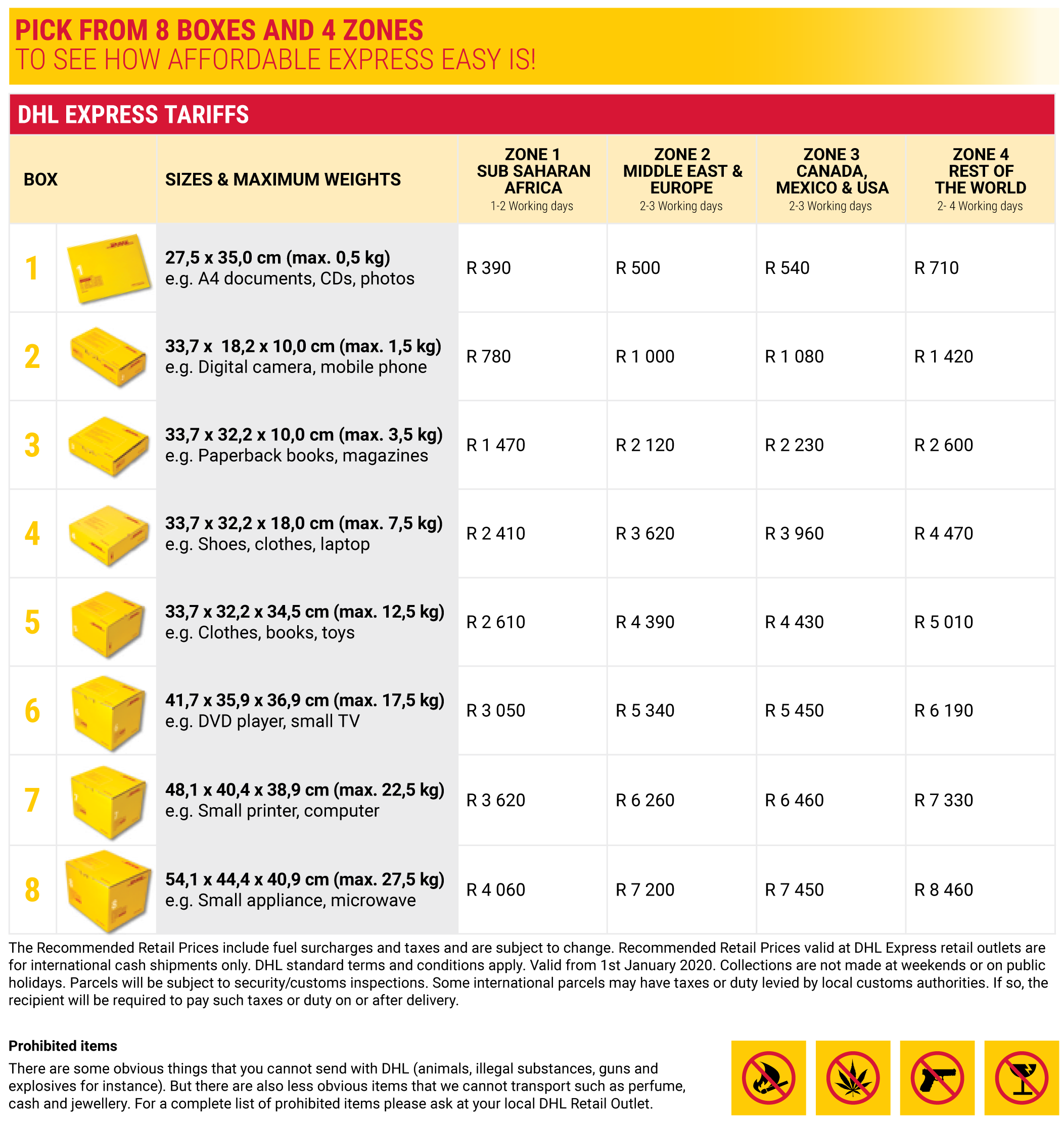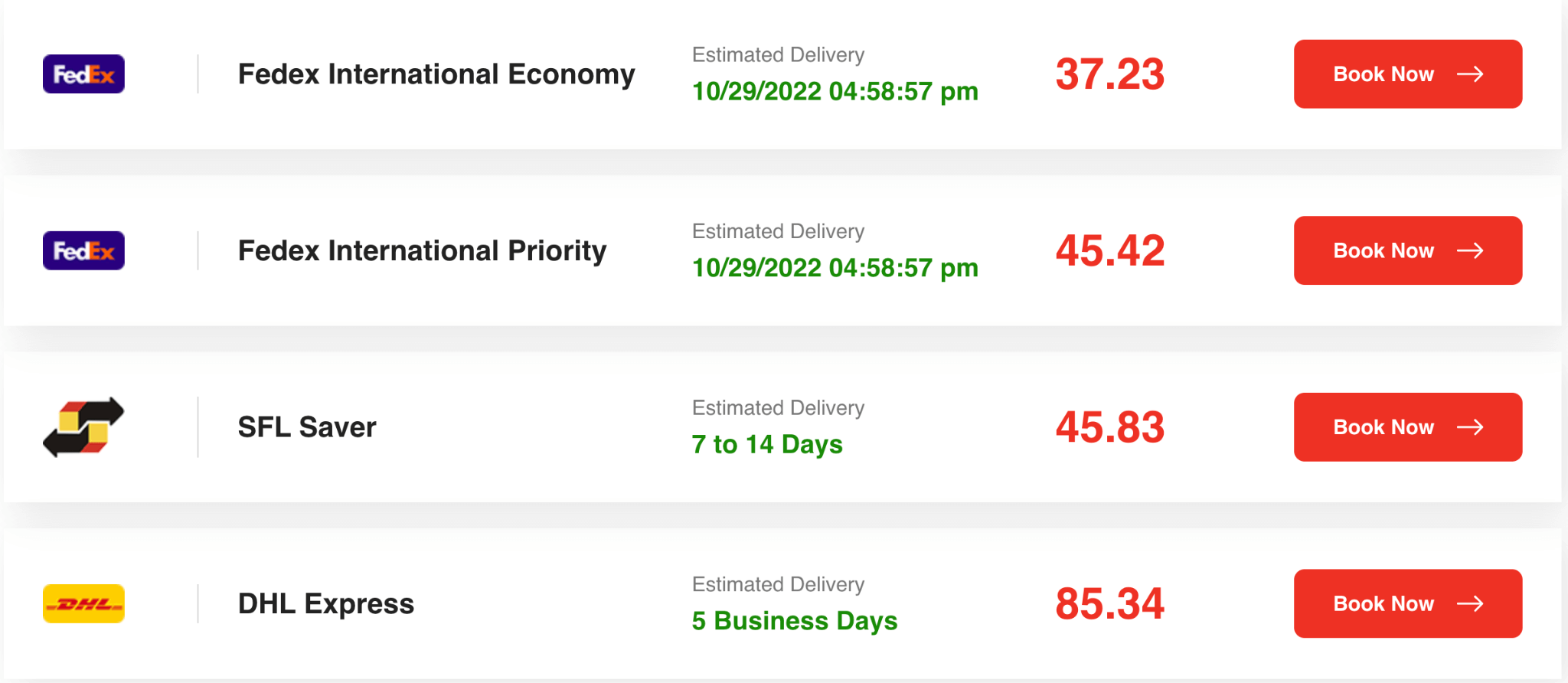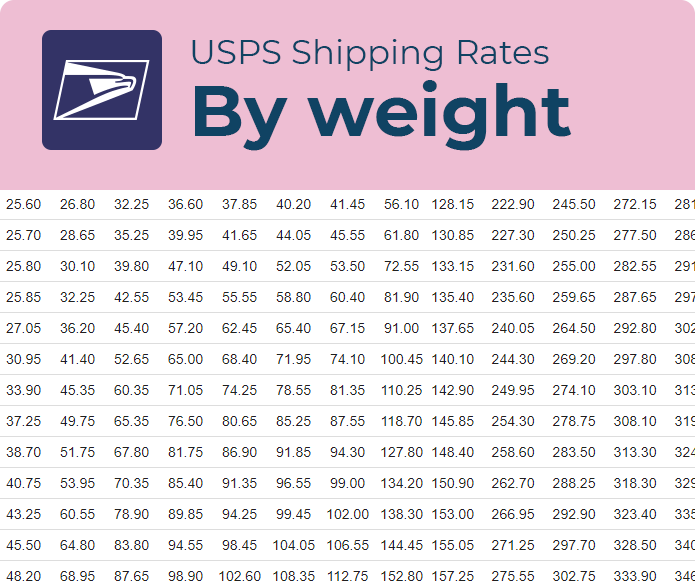How Much Is International Shipping For A Small Package
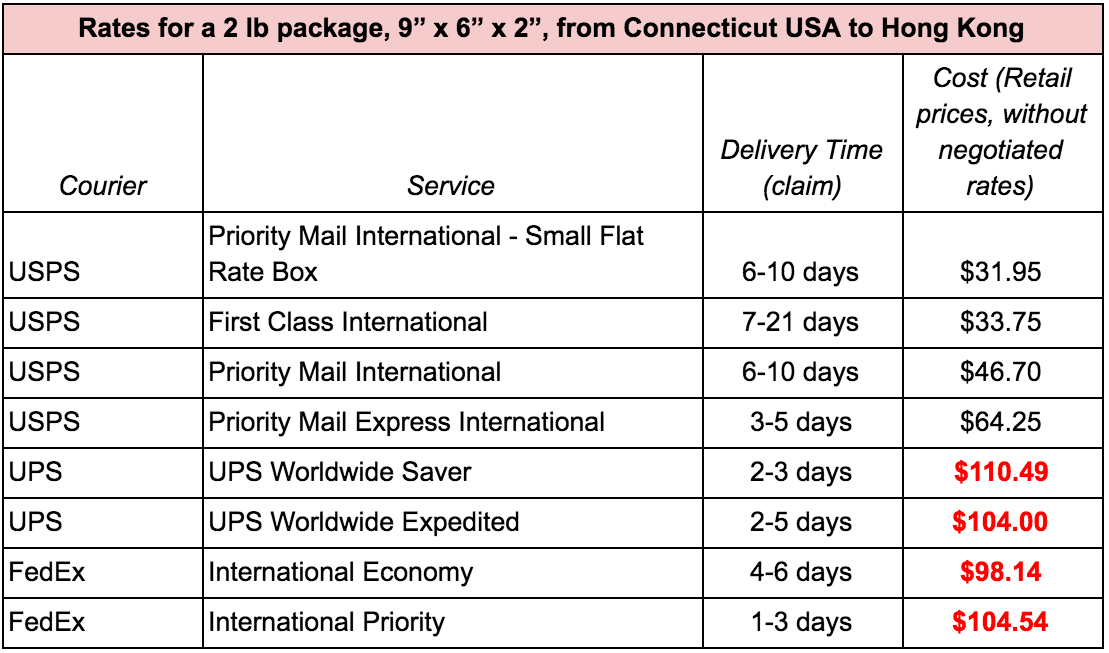
Sending a small package internationally can feel like navigating a complex maze of rates and regulations. The cost isn't a simple, fixed number; it's influenced by a range of factors, making it crucial for individuals and businesses alike to understand the variables at play.
This article delves into the multifaceted world of international shipping costs for small packages. It aims to provide clarity on the primary factors that determine these expenses. By understanding these aspects, senders can make informed decisions to optimize their shipping strategies.
Key Cost Drivers
Several elements contribute to the final price tag of international shipping. These factors include package dimensions and weight, destination country, shipping speed, and the chosen carrier.
Weight and Dimensions
Carriers like DHL, FedEx, and UPS use dimensional weight (DIM weight) to calculate shipping costs. This means they consider both the actual weight and the package's volume. If the DIM weight exceeds the actual weight, the DIM weight is used to calculate the cost.
Smaller, lighter packages generally incur lower shipping fees. It's crucial to minimize packaging size and weight to keep costs down.
Destination and Distance
The farther the destination, the higher the shipping cost. This is a simple fact of logistics. Remote or less accessible locations may also attract additional surcharges.
Some countries have higher import duties and taxes. These are often the responsibility of the recipient, but senders should be aware of them.
Shipping Speed
Express shipping, guaranteeing faster delivery, comes at a premium. Economy options, while slower, offer significant cost savings. Consider your urgency when selecting a shipping speed.
Carrier Selection
Different carriers have varying pricing structures and service levels. Comparing quotes from multiple carriers is vital to finding the best deal. Carriers like USPS are often more cost-effective for smaller packages.
"The best way to determine the cost of shipping a small package internationally is to get quotes from multiple carriers based on the specific dimensions, weight, and destination," advises Maria Rodriguez, a shipping consultant at Global Logistics Solutions.
Estimating Costs: A Practical Example
Let's consider a hypothetical scenario: shipping a small box (12x9x4 inches, weighing 2 pounds) from the United States to Canada.
Using online calculators from carriers like UPS, FedEx, and USPS, estimates can range from $30 to $70 depending on the speed and service level. Rates can fluctuate depending on fuel surcharges and peak season demands.
USPS often offers the most economical option for smaller packages heading to Canada, typically falling on the lower end of that range.
Hidden Fees and Surcharges
Beyond the base shipping rate, several potential surcharges can impact the final cost. These include fuel surcharges, customs clearance fees, and remote area surcharges.
Carefully reviewing the terms and conditions of the chosen carrier is essential. This helps avoid unexpected expenses. Insuring the package is also recommended, especially for valuable items.
Impact on Small Businesses and Individuals
For small businesses selling internationally, shipping costs can significantly impact profitability. Careful planning and cost optimization are crucial.
Individuals sending gifts or personal items abroad should also factor in shipping expenses. These can sometimes exceed the value of the contents.
Conclusion
The cost of international shipping for a small package is a complex equation. It depends on weight, size, destination, speed, and carrier. Thorough research and comparison shopping are essential.
By understanding these factors, individuals and businesses can navigate the international shipping landscape effectively. This ultimately helps them minimize costs and ensure smooth delivery.








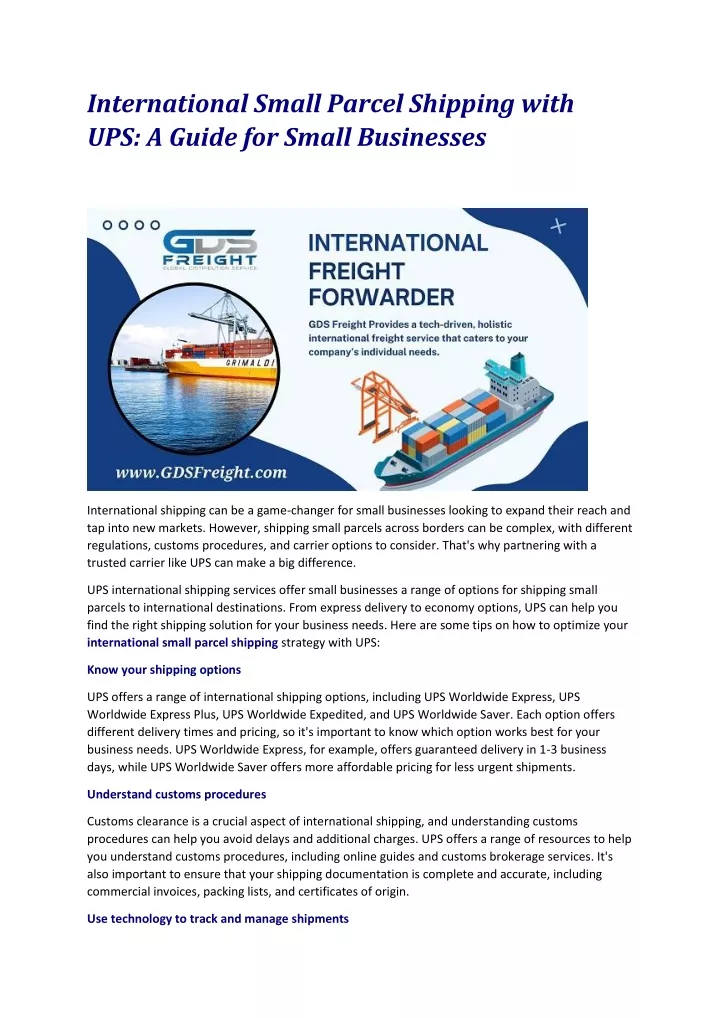

.jpg)

